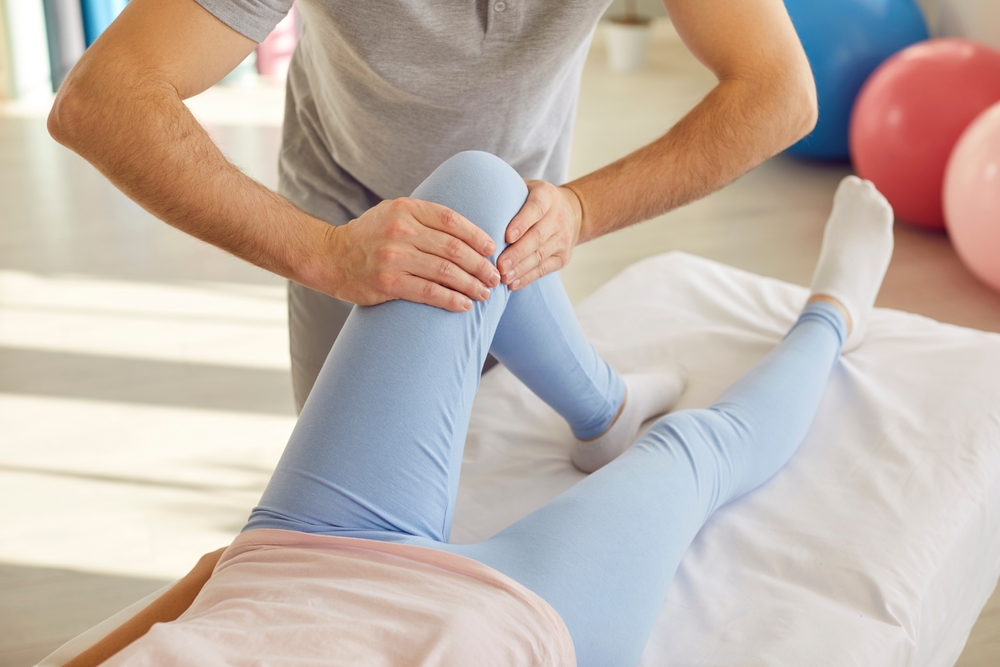Mental Health
Personal Tidbits
Hypermobility
Raise your hand if you’re a chronic running-into-things-accidentally-and-getting-bruiser! With hypermobility, it’s normal for mysterious bodies to appear (take Iron supplements!). It’s also normal for walls to jump out at you, chairs to suddenly try and trip you, and even tripping over a pebble with a vendetta. But why do all of these inanimate things seem to have it out for you?
It all boils down to proprioception.
Having a connective tissue disorder means that your connective tissue (nerves, especially) struggle to communicate signals to your brain. But it’s so much deeper than that though.
Let’s dive in!
What Is Proprioception?
According to Cleveland Clinic, “Proprioception is your body’s ability to sense its own position and movements. Proprioception allows your brain to know the position of your body in space without having to rely on visual input alone. It’s also crucial to maintaining balance.”
So if you identify as a klutz (I know I did/do!), there’s a high chance your internal state struggles to communicate with your brain. See, with non-hypermobile bodies, the connective tissue is more firm, tight, tense, whatever you want to call it.
I explain proprioception like the game of Telephone with two cups and a piece of string. When the string is taut, it’s easier to get the message than when its lax like a noodle. The message is muffled and often times lost!
This can not only affect the way you move around in the physical world, but also how your body commands your joints to move. For example, my right shoulder bows forward and is so hypermobile, I use muscles that shouldn’t be activated due to what’s called compensatory engagement. When your tendons aren’t guided and protected by muscles, they pick up the slack. And they should not be used to carry and move around weight. So I could stretch my arms up and very easily move past the normal anatomical barrier. Or reach behind me and the joint just leaves the socket.

Can You Fix Proprioception Issues?
Thankfully, the answer is yes! And also no…
No matter what you do, this connective tissue disorder is not curable. However, you can improve your proprioception in a few different ways, so you become a little less accident-prone, control your joint movements, and regain awareness of your internal state.
Examine The Way Your Body Moves Now
The first step is figuring out what needs attention. This is more complicated than what can be included in a blog and generally, you want a professional to assist as well. However, you can check a couple of things. First, when you do a body scan (eyes closed), can you mentally connect with each area?
When you stand, are your knees and the toes aligned? Do they kinda go in different directions?
If I told you to tighten your glutes and only your glutes, can you do this? If not, press a finger into your glutes and then try. Maybe that will work and maybe it doesn’t. Either way, it means your proprioception is off.
Utilize Isometric Stretches & Resistance Training
Unfortunately, this is completely unavoidable. You will need to do both for the rest of your life. Trust me, this is also irritating for me to understand. Ignorance is bliss (and equals more subluxations). This particular site recommends at least three times a week. This is beyond yoga—while some yoga poses can offer great body weight strengthening, eventually you’ll need to increase weight to continue challenging your muscles.
Find A Physical or Occupational Therapist
A lot of my knowledge around the form during a workout comes from the privilege of having a personal trainer throughout my adulthood or people willing to bestow quality information. I’ve also been to both a physical and occupational therapist for different parts of my body.
It can be difficult to find someone who specializes or has a decent amount of information on hypermobility. No matter what, you’ll want to find a professional who can point out alignment or posture issues because let’s face it: you’re living 24/7 in your meatsuit and it’s difficult to know what’s “normal” and what’s hypermobile.
Engage Your Sensory Cortex
I start all of my yoga classes with waking up the sensory cortex. Sometimes, you just need a little bit of pressure or sensation to remind your brain you have an elbow it needs to take care of. So I create energy and heat in the joints by having practitioners move their hands over joints and parts of their body.
Another way to do this is by utilizing KT tape or braces. Even just some sensation at the point you need to remain aware of will help engage your proprioception.
What’s Next?
When you begin to engage your body differently, it can be painful. Mainly because you’re creating awareness within your body by demanding muscles work again (or for the first time). As certain muscles finally relax— because they were like an overworked employee with an unreasonable boss lol —other muscles will fatigue as they remember their job again.
For example, right now as I rehab my shoulder, my posterior deltoid is exhausted and inflamed. Teaching my shoulder to keep the scapula engaged means my shoulders are trying to figure things out while supporting me as I slowly increase the demand through new exercises and more weight.
However, the end result is that I’ll hopefully be able to do a handstand one day. Or even be able to do a Chaturanga without putting my shoulder at serious risk.
So dig a little deeper and start learning where the disconnect is first. Then find a professional to help you take it to the next level!
What Is Proprioception? The Hypermobility Frenemy

Back To The Blog
